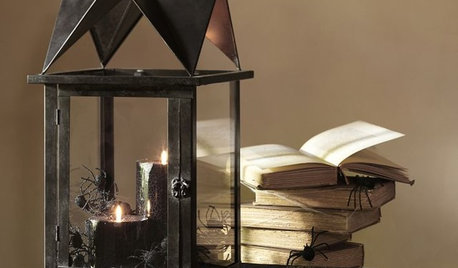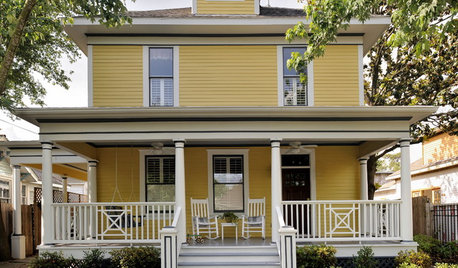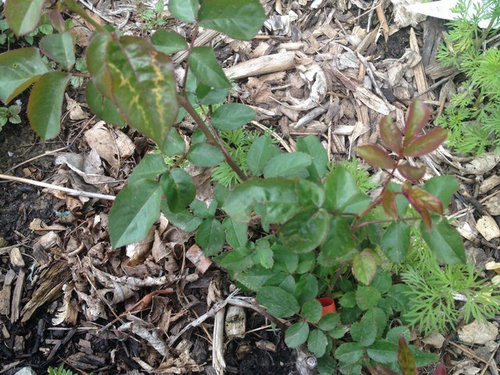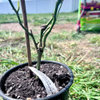This doesn't look good
thrills
9 years ago
Related Stories

LIFEYou Said It: ‘Just Because I’m Tiny Doesn’t Mean I Don’t Go Big’
Changing things up with space, color and paint dominated the design conversations this week
Full Story
DECORATING GUIDESMeet a Houseplant That Doesn't Mind Neglect
Got better things to do than remember to water your houseplants on schedule? Schefflera will forgive and forget
Full Story
PRODUCT PICKSGuest Picks: Decor That Doesn't Scream 'Halloween'
Subtly moody art and accessories can work well around the home for October 31 festivities and long after
Full Story
When a Column Doesn't Look Like a Column
See Why Designers May Opt for Tree-like Supports in Wood or Steel
Full Story
TRADITIONAL HOMESHouzz Tour: New Shingle-Style Home Doesn’t Reveal Its Age
Meticulous attention to period details makes this grand shorefront home look like it’s been perched here for a century
Full Story
MOST POPULAR5 Remodels That Make Good Resale Value Sense — and 5 That Don’t
Find out which projects offer the best return on your investment dollars
Full Story
LANDSCAPE DESIGNGood Fences, Good Neighbors — and Good Views
See-through vertical fencing connects a yard with its surroundings while keeping children and pets safely inside
Full Story
REMODELING GUIDESWood for Good Modern Design
Minimalist doesn't have to mean cold. Add life, warmth and beauty to your modern interiors with the help of wood
Full Story
REMODELING GUIDESGood Houses Are Good Neighbors Too
The best houses engage the world and fit into their surroundings, even while celebrating their own distinct style
Full Story
ARCHITECTUREWhat the Heck Is 'Good' Design Anyway?
We yearn for it and strive for it, but good home design isn't always easy to grasp. These 8 prescriptions from an architect can help
Full Story









michaelg
henry_kuska
Related Professionals
Derry Landscape Architects & Landscape Designers · Windham Landscape Architects & Landscape Designers · East Rancho Dominguez Landscape Architects & Landscape Designers · Rancho Cordova Landscape Architects & Landscape Designers · Bridgeport Landscape Contractors · Canton Landscape Contractors · Eustis Landscape Contractors · Las Vegas Landscape Contractors · Lyndhurst Landscape Contractors · Salem Landscape Contractors · Shoreview Landscape Contractors · St. Louis Landscape Contractors · Tehachapi Landscape Contractors · Wanaque Landscape Contractors · Washington Landscape Contractorsseil zone 6b MI
roseseek
thrillsOriginal Author